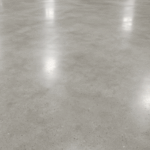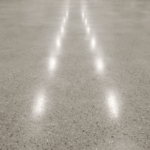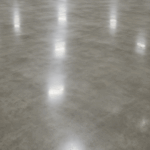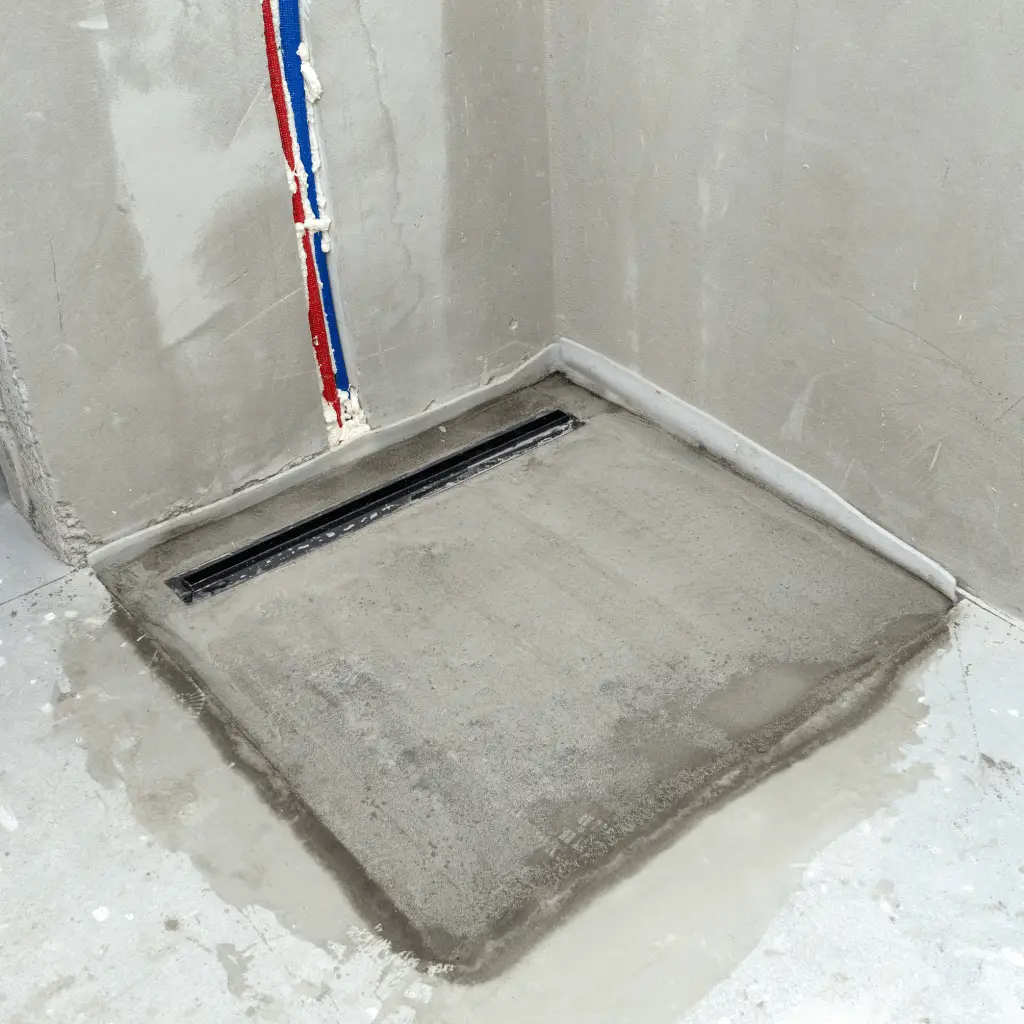Screed standards and tolerances
The work of a professional screed layer is based on precision and specialist knowledge - it is not without reason that all statutory regulations must be observed. In today's article, we look at screed standards and tolerances and the meaning behind the legal regulations.
DIN18202 - What it says
This regulation deals with the height differences that two arbitrarily selected points may have at a certain distance. This value is called "flatness tolerance" and is explained in more detail in DIN 18202. The following values result from table number 3, line 3:
Line | Reference | 0,1 m | 0,6 m | 1 m | 1,5 m | 2 m | 2,5 m |
3 | Finished floors (e.g. screeds, industrial floors, bonded screeds, etc.) | 2 mm | 3 mm | 4 mm | 5 mm | 6 mm | 7 mm |
The table above is only an excerpt from DIN 18202, but it refers to the evenness tolerance for screed laying (finished floors). The top line shows the distance between two reference points in meters. The maximum possible tolerance for the respective distance is given in millimeters in the line below.
Example: Before we start laying the curved flooring, a visual inspection and, if necessary, a random check of the evenness tolerance is carried out. Two points are selected at a distance of one meter. The height difference at this distance must not exceed 4 mm.
Conclusion: screed should always be laid by a specialist company
To prevent unpleasant surprises, standards and tolerances should be adhered to when laying screed. This is difficult for non-professionals, as the necessary equipment is usually not available. However, as the professional laying of screed has a direct impact on the comfort and functionality of your floor, this work should be carried out by a specialist company.
It goes without saying that we offer you all work relating to screed laying in private and commercial buildings. We can also advise you on suitable materials and can meet all your requirements in this respect. Whether you are planning a renovation or a new construction project, whether it is a conventional screed or a variant with integrated underfloor heating - we will support you with your building project!




